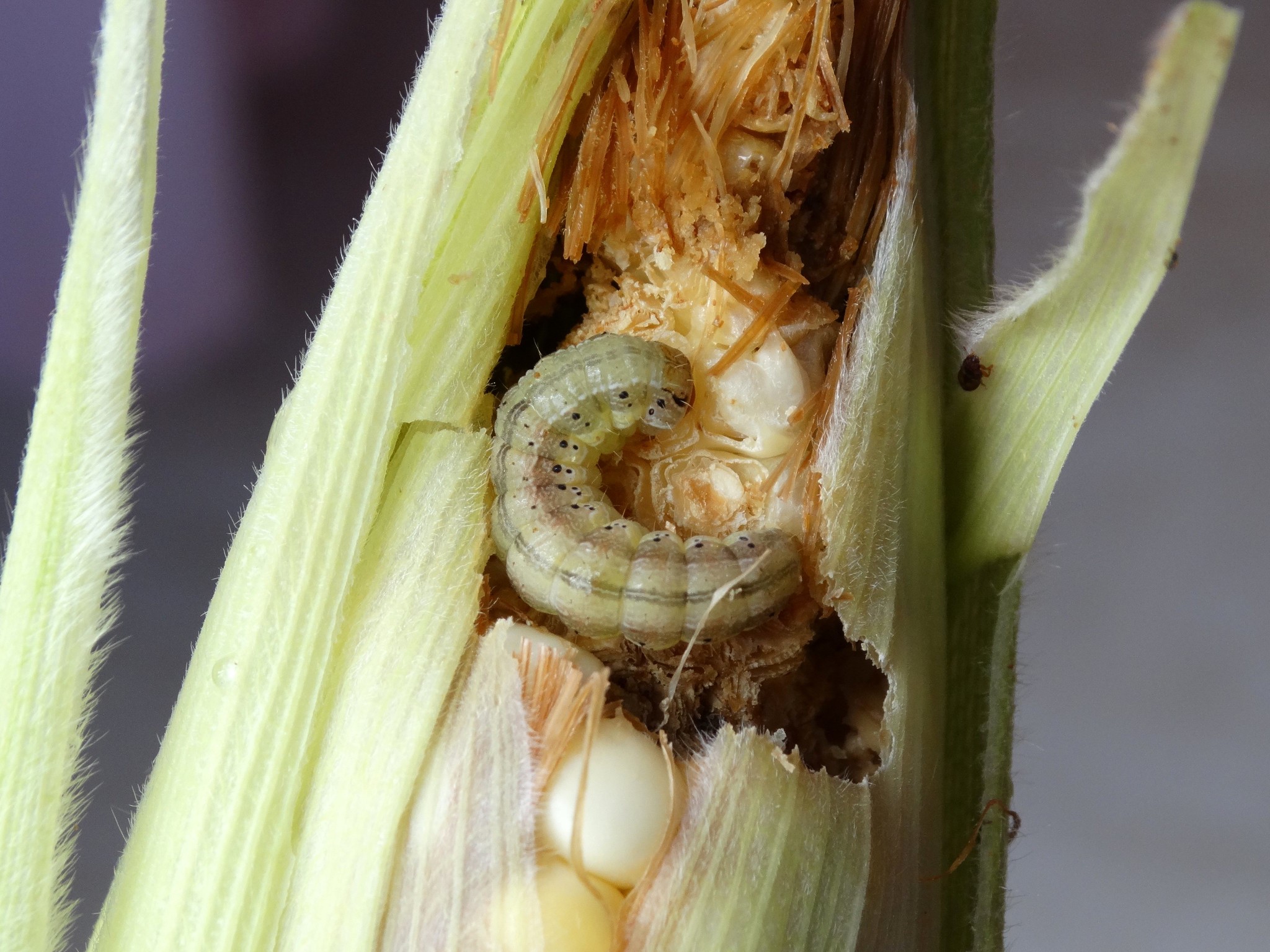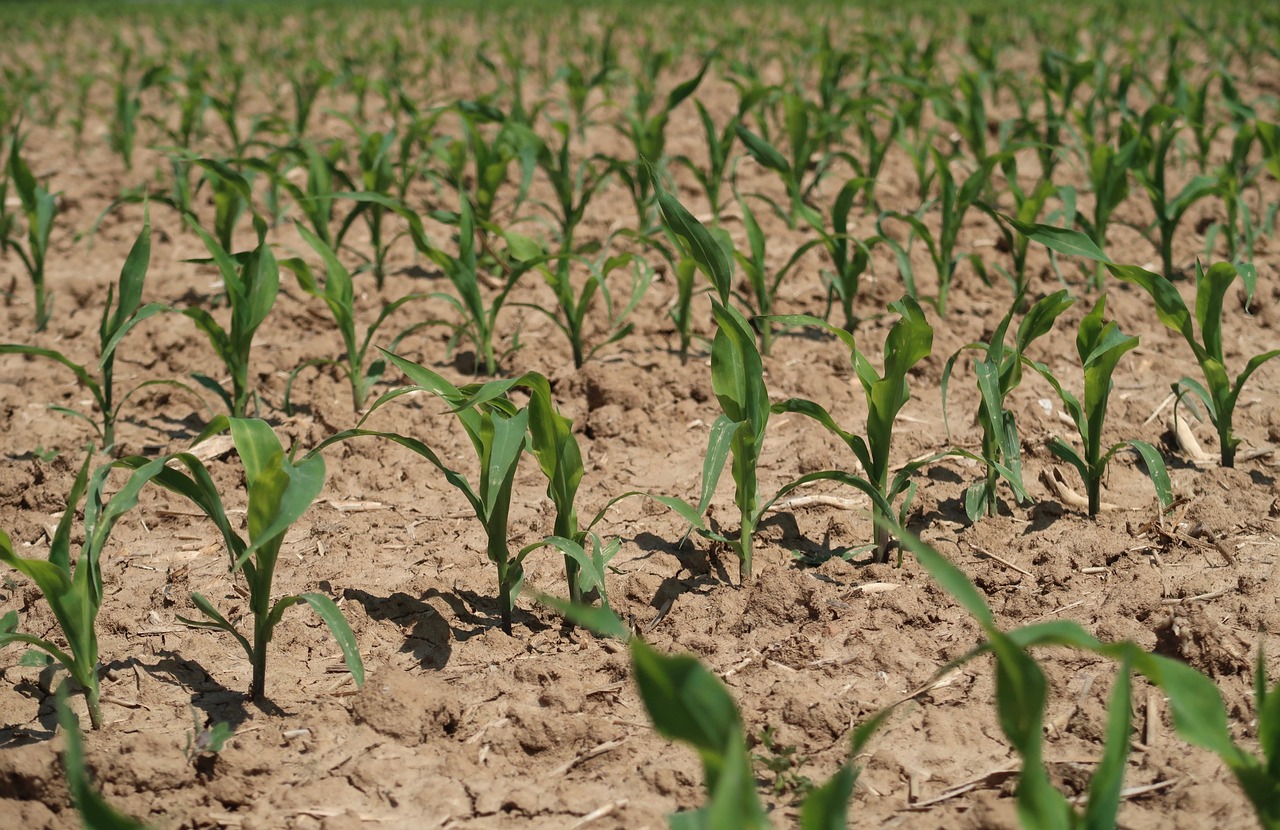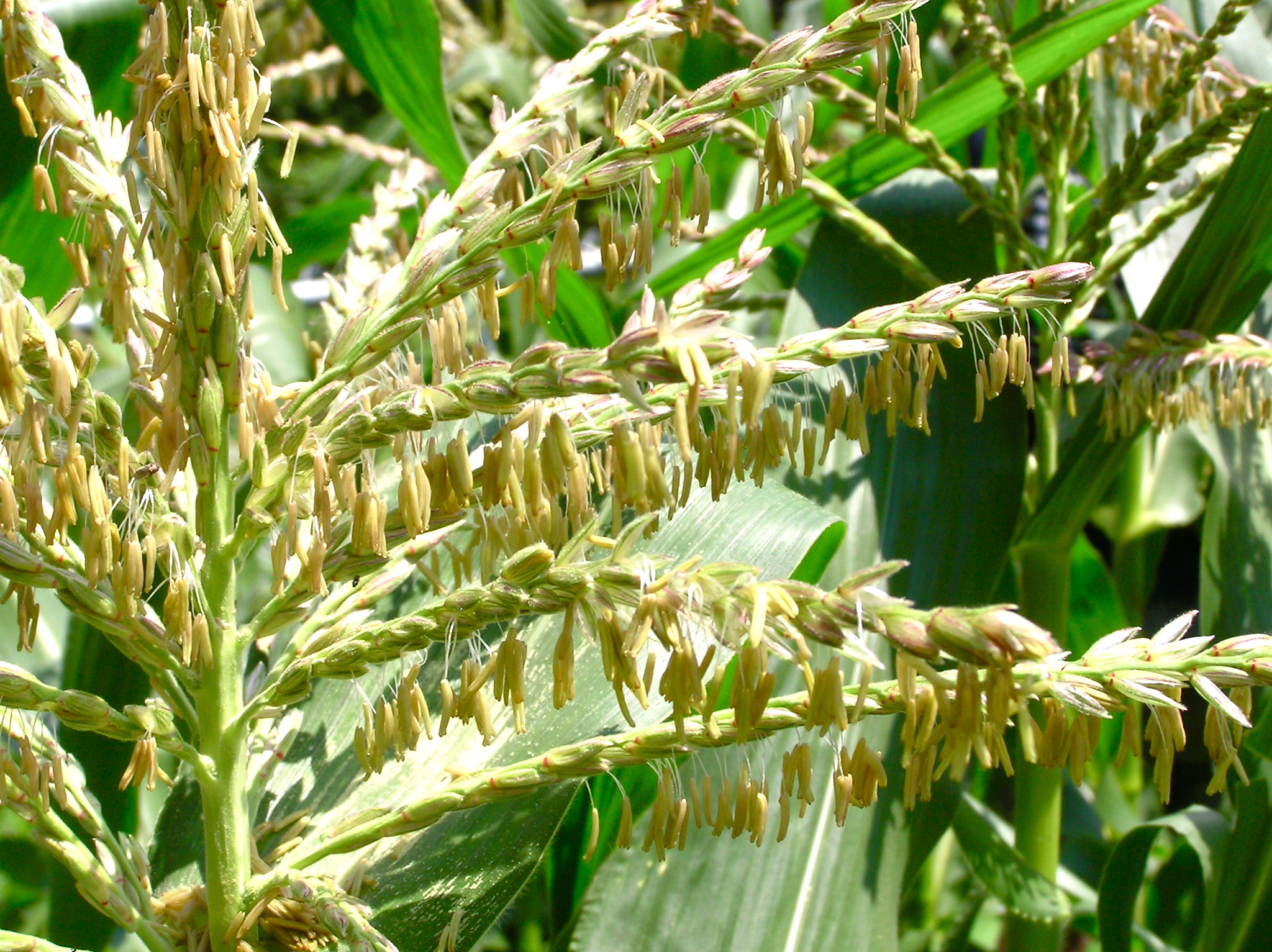As a new gardener, I always hated those articles that were like here’s five full proof crops that any beginner can grow. I’d see wonderful success with tender plants like heirloom eggplants and tomatoes only to have supposedly “easy crops” like bush beans turn to lace when I didn’t notice the bean beetles in time. Sweet corn is one of those crops often touted as easy to grow, but it’s not immune to issues. Here are a few of the common problems I see with sweetcorn and how you can prevent them.
Poor Sweet Corn Germination
The first issue you could run into is poor germination. Sweet corn seeds last a few years when stored properly. If your seeds are more than a couple of years old, you can also use an at home germination test to determine your seeds germination rate.
However, even if you have good quality seed, it’s possible to have germination issues.
The first issue that I like to eliminate when I see corn that’s not coming up is wildlife. Corn kernels are a tasty snack for wildlife, like crows, field mice, and squirrels. If you don’t get good germination, look for signs of soil disturbance, and dig up a few kernels to ensure that they’re still actually there. You may have to hang up deterrents like aluminum pie pans or place netting or a protective barrier over the bed to keep wildlife out while your corn is just starting to grow.

Wireworms, which I will detail in the pest issue section below, can also destroy seeds before they germinate.
Cool, damp conditions can also be problematic for sweet corn germination. Sweet corn seed requires a soil temperature of 65° F or warmer to germinate well. In cool soil, the seed rots easily because of its high sugar content. Don’t rush your first planting; wait until after your first average frost-free date.
If you don’t have a soil thermometer, you can use a traditional indicator, old-timers say to plant corn when the oak leaves are the size of squirrel ears. Another old country saying is that you can plant sweet corn when you can sit with your bare bottom on the soil comfortably.

Pest Problems
Sweet corn is susceptible to pests like cutworms, wireworms, earworms, and corn borers.
Wireworms and Cutworms
Wireworms are the reddish brown larval stage of click bugs and cutworms, usually in shades of gray or brown, are the larval stage of various moth species. Both pests spend their time hidden beneath the soil. Wireworms will eat and destroy corn seed and the roots of young seedlings, while cutworms will eat through the stem of young plants.
While I often advocate for low till or no till agriculture, tilling your soil can actually help reduce cutworm and wireworm populations. Running chickens or ducks through the garden for a few days before planting can also help. Over time, practicing cover cropping, crop rotation, and adding beneficial nematodes can also be effective.
Corn Earworms
Corn earworms are true to their name. They feed on the developing ears, starting at the tips. Suffocate them by inserting a medicine dropper half filled with mineral oil into the silk after it has wilted and browned at the tip (4-5 days after silk appears).
Corn Borers
Corn borers also have an appropriate name. They bore through the corn plants and ears, eating as they go. They can destroy ears or even weaken entire crops. You can prevent them by composting corn refuse and stubble as soon as possible.
Wildlife
In high school, I got my first job at a local organic vegetable farm. While I was helping to sow the enormous field of sweet corn, the owner explained to me they plant more than they think they’ll need. He said, “when you grow sweet corn, grow a third for yourself, a third for the raccoons, and a third for the deer.”
Sweet corn is highly attractive to wildlife. Your corn patch may tempt birds, deer, raccoons, and even black bears. Fencing is a good option for keeping out most wildlife. Including multiple wires of electric at different heights can help you block a range of animals. Motion activated lights, noise-makers, and sprinklers can also help deter wildlife.
Growing Conditions
Sweet corn is a heavy feeder that does best in nutrient rich soil with plenty of moisture.
Nutrient Deficiencies
Nutrient deficiencies can cause stunted growth and poor production in sweet corn. Often you’ll notice leaf discoloration.
For example, nitrogen deficiency causes yellowing leaves, typically starting at the tip and progressing down the midrib. Phosphorus deficiency often causes purpling, especially in young plants, and potassium deficiency frequently causes browning on the leaf edges.
Adding compost to the bed and providing adequate spacing can help prevent these issues. You can also get a soil test and use techniques like crop rotation and cover cropping to build healthy soil over time. Side-dressing plants with manure from your own livestock or fertilizer can help address immediate issues.
Drought
Drought can cause stunted growth and poor production. In low moisture, you’ll often notice wilting or curling leaves.
For best production, mulch corn in well once it’s established. Sweet corn thrives with 1 to 2 inches of water per week, so irrigate as necessary.
Sweet Corn Diseases
Corn is susceptible to a few diseases, which can negatively impact production.
Northern Leaf Corn Blight (NLCB)
NLCB is a disease caused by the fungus Setosphaeria turcicum. It thrives in areas with high humidity and temperatures between 65-80° making it a common issue for Southeastern growers in the spring.
You’ll first notice it causing elliptical tan or gray spots or lesions on the leaves starting near the base of the plant. These can be 1 to 6 inches long. As the disease progresses, they can darken and appear water-logged.
If your plants get NLCB before they silk, you will probably have low production.
If you struggle with NLCB, it’s probably worth switching to a resistant variety like Bodacious RM – sugary enhanced hybrid Sweet Corn.

Southern Leaf Corn Blight (SLCB)
This disease is caused by the fungus Bipolaris maydis. SLCB thrives in hot conditions with temperatures between 68-90°F. It can be a major problem in the Southeast, particularly in the late summer and fall.
Like the northern blight, SLCB will create lesions on your corn’s leaves. However, these lesions are smaller, typically only one inch long, and are usually surrounded by yellow halos.
SLCB can kill your plants, especially seedlings.
If you struggle with SLCB, try a resistant corn variety like Silver Queen.
Corn Smut
Ever seen ears of corn with large, puffy gray masses on them? That’s corn smut. It’s a fungus that forms during dry, hot weather. Corn smut is a delicacy in Mexico, but if you want corn rather than corn smut, remove and destroy the fungus; otherwise the black spores will re-infest your corn for several years.

Poor Pollination
Corn is primarily wind pollinated. The male tassels release pollen which is carried on the wind to the female silks. Each strand of silk corresponds to a kernel on the ear. If a silk isn’t pollinated, it will not form a kernel and you’ll end up with ears with big gaps.
If you’re not growing a large field of corn, planting in blocks is better than long rows. For good pollination and well-filled ears, plant in blocks at least 5 rows wide.
If you have a situation where you think your corn may not be pollinated, hand pollinate yourself. Ideally, you want to pollinate your corn in the first 4 to 5 days after silk emergence when the tassels are shedding pollen. The silks are still receptive to pollen up to 10 days after emergence, but to a lesser degree.
Hand pollinating corn is simple. Use scissors to cut off a few tassels and gently brush them on each ear’s silk.
Want to save seed from your plants? Check out our post, 8 Easy Steps to Save Corn Seed.

